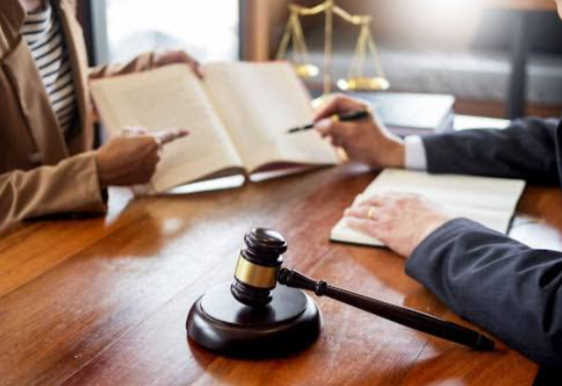The Places of Worship (Special Provisions) Act, 1991
The Places of Worship (Special Provisions) Act, 1991 was introduced in the Lok Sabha on September 10, 1991. However, it was made to come in force on the 11th of July, 1991.
Highlights Of The Act
The Act aims to ‘freeze’ the status of places of worship in the country as they were on August 15th, 1947. The objective was to maintain the religious character of all places of worship as of 15th August 1991. The Act has an overriding effect over any other existing law and failure to comply with this law can lead to imprisonment for a maximum of three years accompanied by a liable fine.
Context
In the years of the mid-1980s and early 1990s, the Ram Janmabhoomi movement picked up steam. The objective of the movement was the reclamation of the disputed site at Ayodhya where the Babri Masjid stood. Proponents of the movement claimed that the Masjid stood on top of a Hindu structure that is believed to be the birthplace of Lord Ram. The said structure was allegedly demolished by the Mughal Emperor Babur for the construction of Babri.
Apart from this claim, there were also claims for reclamation of other disputed sites where an approximate figure of the destruction of around 40,000 temples was quoted.
The Union Government took note of these issues and passed the Places of Worship (Special Provisions) Bill, 1991 making use of its residuary powers under Entry 97 of the Union List to dispose of such claims to maintain communal peace and harmony.
Analysis
- Introduction
This Act defines a place of worship like a temple, mosque, gurudwara, church, monastery, or any other place of public worship of any religious denomination or section. Section 3 and 4 of the Act forbid any person from converting a place of religious worship of a religious denomination into a place of worship of a different religious denomination. This aims to maintain the ‘religious character’ of all places of worship as they were on 15th August 1947.
- Safeguards
Section 4(3) provides certain safeguards and exemptions from the Act. The Act exempts all historical and archaeological sites covered under the Ancient Monuments and Archaeological Sites and Remains Act, 1958, and similar laws in force.
The most important exemption from this Act is given under section 5 of the act which gave immunity to the ongoing (then) legal proceedings concerning the Ram Janmabhoomi – Babri Masjid located in Ayodhya, Uttar Pradesh. The verdict of this case, M Siddiq v. Mahant Suresh Das, was delivered by the Supreme Court in November 2019.
- Punishment for offences
Sections 6 and 7 of the Act clearly spell out that any attempt to convert a place of worship or any conspiracy to do so will attract a term of imprisonment stretching maximum up to three years along with a fine.
Critical Analysis
The Act seems to be at loggerheads with articles 25 and 26 of the Constitution which allow every individual to practice and profess his/her religion and maintain/manage institutions and their religious affairs respectively.
Most disputed places of worship seem to have a claim made by the Dharmic faiths, such as Hinduism, Jainism, Buddhism, and Sikhism. The said Act bars these communities from pitching their claims while providing some amount of relaxation to the Islamic community under Section 107 of the Waqf act concerning an immovable property. This goes against the principle of secularism guaranteed by the Constitution.
Existing Cases With Regards To The Places Of Worship (Special Provisions) Act, 1991 And Disputed Sites
- Sri Krishna Janmasthan
Suits filed in Mathura, Uttar Pradesh seek to reclaim 13.37 acres of land occupied by the Shahi Idgah Mosque which was allegedly built by the Mughal emperor Aurangzeb on demolishing the Keshav Dev Temple, believed to be the birthplace of Lord Krishna.
- Kashi Vishwanath Temple
Suits filed in Varanasi, Uttar Pradesh seek to reclaim the land occupied by the Gyanvapi Mosque that was allegedly built by the Mughal emperor Aurangzeb after demolishing the temple of Lord Adi Vishweshwar.
References
- http://164.100.47.4/BillsTexts/LSBillTexts/Asintroduced/124_1991_LS_Eng.pdf (The act as introduced)
- https://legislative.gov.in/sites/default/files/A1995-43.pdf
Author: Shaunak Kamtikar , a Student of Government Law College, Mumbai


